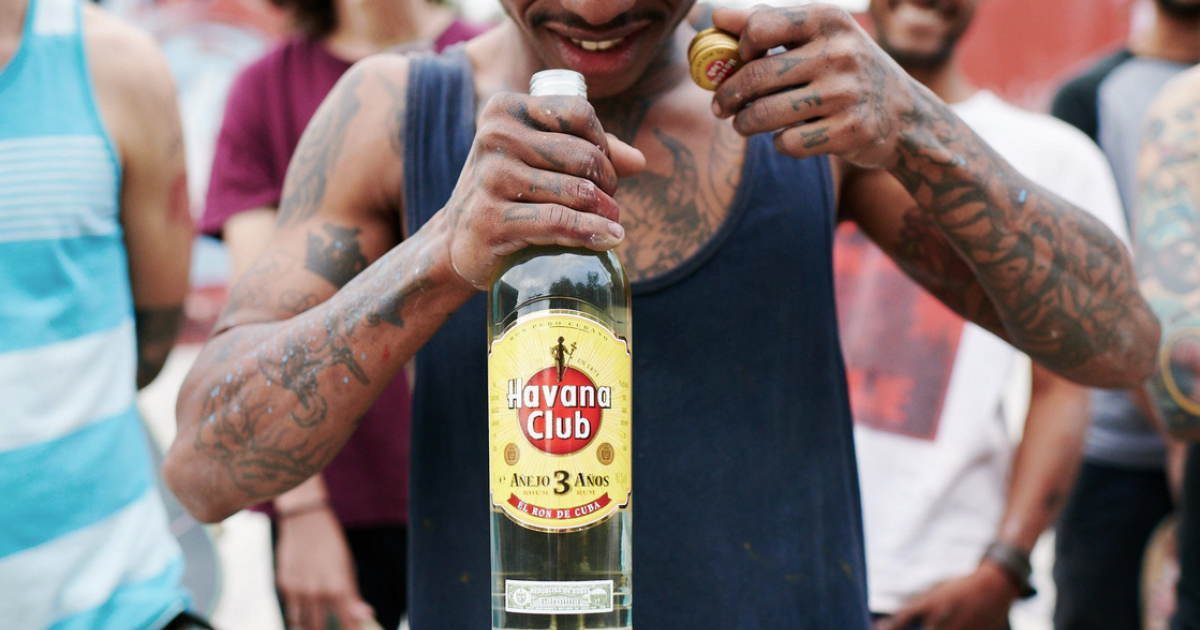
| 04/03/2021 – 10:48 am (GMT-4)
“Monetary order”. This is the culprit, according to him Amed Alvarez Tejo, Sales and Marketing Director Cuba of Havana Club, that all products of this brand disappeared in February from the units on the island.
Rum, which was one of ubiquitous products on Cuban markets (to the point where some of them complained last year that it was the only thing that appeared on the counters) also suffered the same food fate and began to shorten as soon as the new year began.
The fault, according to Álvarez, was “the negotiations that we necessarily had to deal with the clients in order to establish the new prices in the CUP and which led to a deficit”.
Despite the poor planning shown in his statements, the official also assured that “we are already in the phase where we can provide productive support in both MLC stores and CUC stores, it is something we have established as a marketing strategy.”
“We supply the market, and sales volumes are gradually recovering,” he added.
Interrogated by the official press journalist Cubadebate Regarding possible production problems, Álvarez replied that the production of rum plants was not affected. “We have production in rum factories, even predicting that there could be excessive demand from the population,” he said.
However, in November last year, the company reported that it had decided to withdraw the plastic dispenser which has been inserted into products such as Havana Club Añejo Blanco, Havana Club Añejo 3 años and Havana Club Añejo Especial, due to delays in the arrival of the essential raw material for the manufacture of this component in Cuba.
Rum production is a priority by the Cuban authorities, according to Sergio Valdés, director of market development at Havana Club, in a press conference last year.
Havana Club exports are growing and the product has strengthened its presence in new markets, such as China, where in 2019 it increased its sales by 20%.
All Cuban rum is traded on the national and international market. Havana Club concentrates the largest production and claims to be the third most important brand in the world in the sale of spirits.
The San José rum factory, southeast of Havana, produces the Havana Club’s dark drinks. The machines work non-stop to fill, label and seal thousands of bottles of Añejo Especial, Añejo Reserva, 7 years, Selection of Masters and other varieties of the brand.
Havana Club Internacional is a joint venture between Cuban state corporation Cuba Ron and French giant Pernod Ricard, owner of other well-known labels such as Absolut or Chivas.
We need your help:
Like you, thousands of Cubans I read and support CiberCuba’s independent journalism. Our editorial independence begins with our economic independence: no organization in any country funds CiberCuba. We make our own agenda, publish our opinions and give voice to all Cubans, without external influences.
Our newspaper has been financed to this day only through advertising and our own funds, but this limits what we can do. That is why we are asking for your help. Your financial contribution will allow us to carry out more investigative journalism and increase the number of contributors who report from the island, while maintaining our editorial independence. Any contribution, big or small, will be very valuable for our future. From just $ 5 and just a minute of time you can collaborate with CiberCuba. Thanks.
Contribute now